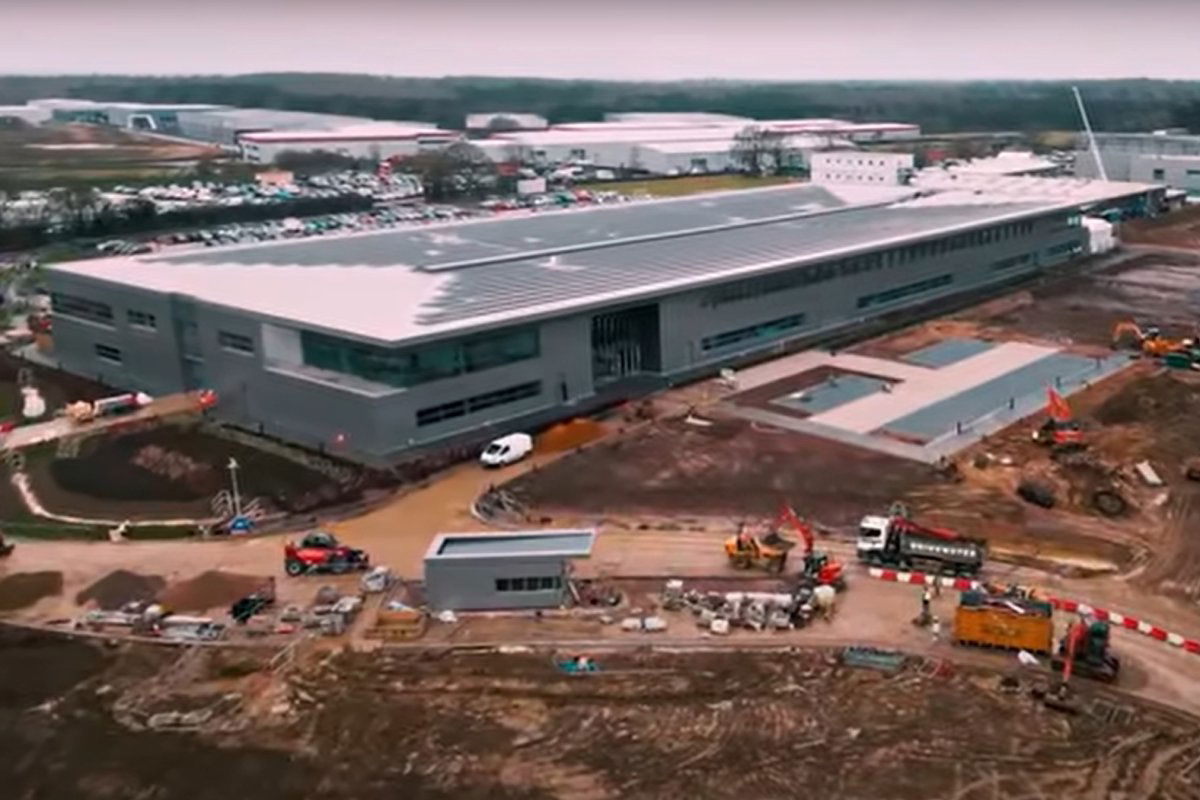

Aston Martin expects tangible gains as it moves into its brand-new F1 factory.
The squad’s office staff will move into its new Silverstone headquarters in the coming days.
It replaces the facility the team has operated from since it entered F1 in 1991 as Jordan.
The new factory has been designed to bring the team under one roof, with Aston Martin’s performance director, Tom McCullough, expecting the operation to benefit.
“Really looking forward to that because we’re all a bit disjointed at the moment in portacabins, in separate buildings, all the technical people aren’t sat next to each other,” he said.
“I think it’s going to make a bigger difference than people even realise just for communication.
“Bumping into people at the same coffee stations, at the same toilets, you just rub shoulders with the people that you’re working closely with.
“At the moment, we’re in different buildings, different sites even, so it’s going to be really good.”
Moving factory is a disruptive process, more so in the midst of the most competitive season Aston Martin has had since 1999 (when known as Jordan).
However, McCullough believes that the team has minimised and managed disruption well.
“There’s been a team of people who, within our facilities and HR side, and they’re working hard to make it as seamless as possible,” he said.
“It’s very much you walk out one weekend, you come in after the weekend, and all your computer and screens will have been moved, and you should just go to your desk and start working.
“That’s the aim. From the office side, it should be quite seamless.
The new facility has seen the team purchase several new pieces of kit, replacing or adding to what it already had in place.
The big ticket item, however, is a new wind tunnel.
That is expected to come online midway through next season and truly benefit the 2025 car at the earliest but streamline and accelerate the development process.
Currently, Aston Martin uses Mercedes’ wind tunnel.
“Having your own wind tunnel means that, within the regulations, you can use it when you want to,” McCullough said.
“So if you have a problem or you learn something, you can just stop, go back, draw some new bots, think about something, then go back and turn it on again.
“It gives you that extra flexibility where you can really operate seven days a week.
“At the moment, we’ve only got limited time in the tunnel that we’re using, so you have to be very intense, and you can’t react too much.
“And also [having our own wind tunnel] onsite, if there’s any reworks or problems, the people who are drawing the parts are just in the building next to you.
“So it’s definitely going to help with communication and all that.”





















Discussion about this post